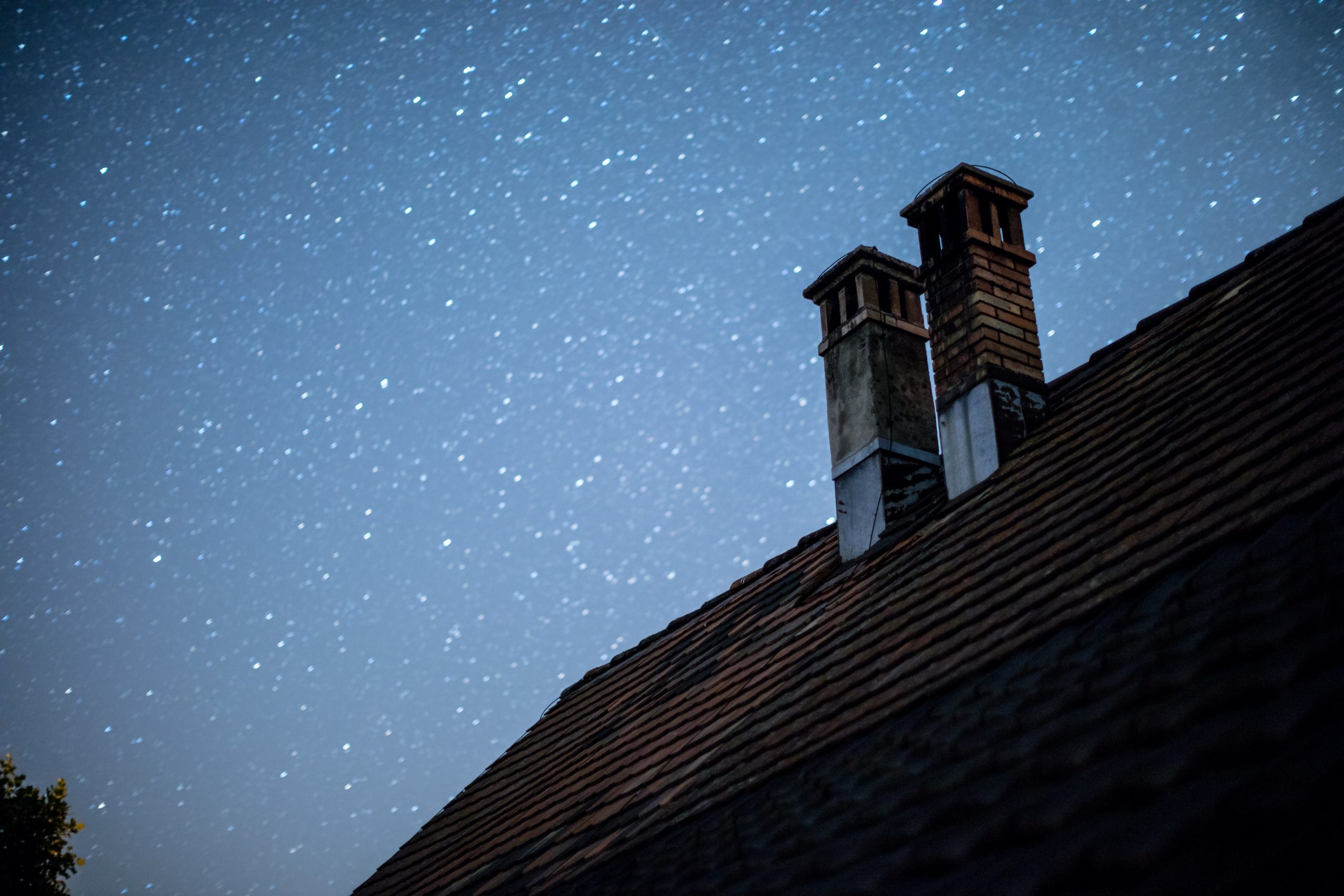As fall approaches, you may be excited to don sweaters, scarves and boots again as you enjoy the crisp cool air and hear the crunch of leaves beneath your feet. Ending a cool evening with a warm and cozy fire is an ideal move. Before you plan on having fires during the colder months, first make sure your chimney is ready.
A chimney’s masonry can last for about a century if the mortar is in good condition, but you must maintain it regularly. The best way to assess your chimney is to have an experienced mason look it over. The chimney mason can then give you a detailed report regarding any issues and the best way to address them. The best practice is to have them come out before winter to prepare for the colder months. Getting repairs done in the winter is difficult, as masonry materials cannot be applied during wet or cold weather. The interior structure of the chimney is best to get scoped by a chimney sweep to make sure the clay liners that contain the heat and fumes are not damaged.
Common Types of Damage
Water Leaks
A water leak can cause damage to the masonry, as any water that is absorbed can freeze and cause cracking. Water in your chimney can damage the tile flue liner and can rust the damper, firebox and fireplace doors. Chimney leaks can be so extensive that they can reach your home’s structure, causing joists, ceilings and walls to collect mold or rot. They can even warp and sag. This damage is not only dangerous, but it is also quite costly to repair. Another sign that you may have a leak is a white mark across the bricks of your chimney, which is the moisture seeping out through the material. Bricks are porous and can absorb a lot of moisture which can cause the bricks to break apart over time.
Exposure to the Elements
Your chimney crown may also be damaged from exposure to the elements. The crown is crucial to the chimney, as it protects the chimney from debris, weather and animals. If the crown of your chimney gets damaged, moisture, leaves, debris and critters can get inside. It can be unsafe to use your fireplace if either of these features are damaged.
Chimney Fires
Chimney fires can cause serious damage to your home and even hurt you and your loved ones. These fires are caused by a build-up of creosote. There are several different kinds of creosote, and each kind is flammable and hinders proper ventilation. If left untreated, the chimney will be obstructed and carbon monoxide will fill the home. The best way to prevent creosote build-up is to have your chimney inspected by a chimney sweep each year.
Common Chimney Repairs
Chimney repairs can be easy to fix if treated quickly and efficiently. It is essential to have your chimney in working order to ensure safety for each use. Proper maintenance is key to having a safe fireplace to use this winter. Here are some common chimney repairs:
Blockage
If your fireplace has been sitting dormant for a while, check for blockages. A blockage can include anything from leaves to birds’ nests or even crumbled masonry. Whatever the reason, this blockage must be removed before use. A chimney technician can inspect for blockages and damages and assess repairing it.
Cracks in the Flue
A lining is almost always put in the chimney when it is built, some older homes may not have them but all new homes should. Clay tile is the most commonly used, although stainless steel is another popular choice. While stainless steel can last a lifetime, clay tile is more susceptible to cracks as it undergoes consistent heat and stress. These cracks can cause major damage to the lining, making the fireplace unsafe to use. Having your chimney inspected will reveal whether or not the lining is intact and if you should get it lined with stainless steel.
Brickwork and Mortar
If moisture seeps into the mortar and it begins to deteriorate, the bricks are more likely to crumble. The mortar keeps the structure of the chimney together. So, if it deteriorates, then major damage can occur. To prevent bricks from crumbling or from absorbing moisture, the mortar may have to be replaced to protect the brickwork. Of course, any damaged mortar or bricks will have to be removed and replaced.
To ensure your chimney is ready for winter use, take the time to have it inspected now. The sooner you know about any issues, the sooner they can be addressed. Taking the care to have the problems addressed now will guarantee that it will be safe to use during the colder months. If you are in search of a professional chimney technician, contact us at Ray Arnold Masonry & General Contracting.

